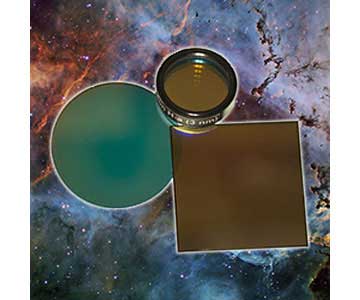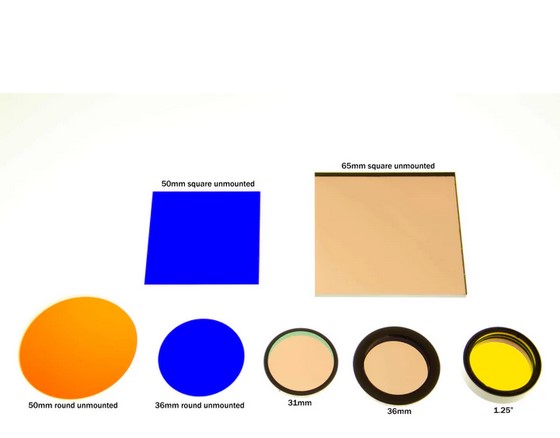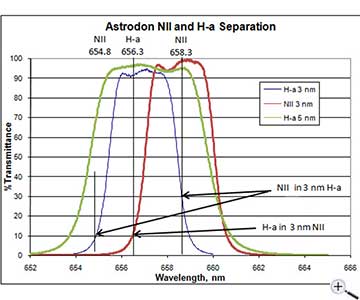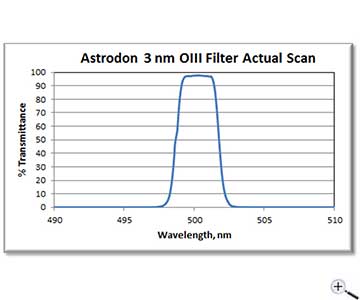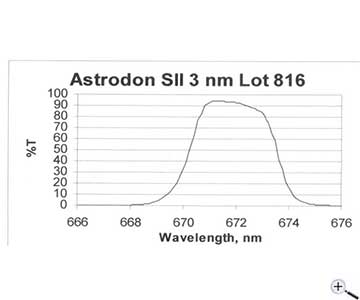|
Astrodon 3 nm Narrowband Filters - SII filter
|
Astrodon 3nm/5 nm NarrowbandH-alpha FilterOIII FilterSII FilterBring Out The Faint Structures In Nebulae...H-α (hydrogen-alpha) at 656 nm (nanometers) is deep red in color and the most popular narrowband H-alpha filter. Hydrogen is ubiquitous in the cosmos and is present in emission nebula (North American, Pelican), planetary nebula (Dumbbell, Ring), Wolf-Rayet objects (Crescent, Thor’s Helmet), and supernova remnants (Veil). Many imagers like to present just a black-and-white H-α image of an object. It is has a beauty all by itself, like an Ansel Adams photo. However, most imagers blend their H-α data into their red RGB data to enhance structural detail while maintaining a “natural” look. Therefore, the H-α filter should be your first narrowband addition to your LRGB filters. The basic imaging set of 5 filters becomes LRGBH-α. Astrodon H-alpha filters have a center bandwidth of 656.3 nm Astrodon Narrowband astrophotography filters set a new bar of performance and durability for imaging and research. We offer 5 nm and ultra-narrow 3 nm bandwidths. Astrodon Narrowband filters set a new bar of performance and durability for imaging and research. The narrow 5 and 3 nm bandwidths enhance the contrast of emission targets by lowering your background signal. The guaranteed >90% transmittance at the emission wavelength provides you with the highest signal available. This guaranty is expensive to manufacture for such spectrally narrow filters, but it assures you in writing on each filter box that you will get what you paid for. These two factors combine to provide you with the highest contrast available. Our latest narrowband filters are typically achieving >95-98% transmittance. Astrodon Narrowband filters are renowned for minimizing halos around bright stars, even for long exposures of 30-45 minutes typical of narrowband imaging in astrophotography. Lastly, Astrodon Narrowband filters are coated to the edge of the part and are edge blackened. This is critical to minimize stray light for a filter that blocks most light except for the narrow bandpass. Astrodon Narrowband filters for imaging are all about contrast. What do we mean by this? Contrast brings out faint features by reducing the background - the narrower the filter, the better. The problem is keeping the signal (%T at the emission line) constant as the filter becomes spectrally narrower. This is why our >90%T guarantee is so important, even though it becomes very costly to manufacture. But, this assures you that you can take advantage of the improved contrast with our narrower filters compared to the much less expensive 7- 8.5 nm filters on the market. You can see the increase in contrast in the sequence of equal-exposure images of the Crescent Nebula (NGC 6888) taken on the same system and on the same night. As the bandwidth becomes narrower, the nebula "pops" out of the background, as does the faint surrounding nebulosity. Actually, the >90%T is a legacy specification, since new production technologies employed over the past 3-4 years routinely produces 97-98%T at the emission wavelengths. Random tests of a competitor's low-cost 7 nm H-α filter showed %T values ranging from 86% down to 71%. Random selection of 5 nm Astrodon filters measured %T values at the H-α emission wavelength of 93, 98, 97 and 98%. You will never know that you are using their 71% filter compared to a 97% Astrodon filter because they do not guarantee this important performance parameter. They recently came out with a 3.5 nm H-α narrowband filter and those results are even worse, ranging from 3-70% at the emission wavelength. Similarly, analysis of different 2016 lots of Astrodon 3 nm H-α filters measured 97, 97, 97 and 96%T. Yes, our filters are more expensive, but you always know what you are getting with Astrodon Narrowband filters - the best performance in the market - guaranteed. Our recent blueshift data show that Astrodon 3 and 5 nm filters can be used with nearly all systems as fast as f/3.5 with virtually no loss in emission signal, so you do not need to buy custom "upshifted" filters if you have both fast and slow systems. Step up to the quality and performance of Astrodon narrowband filters. |
Astrodon 3 nm Narrowband OIII FilterThe next filter to complement your LRGBH-a set is an oxygen filter. OIII (“ohthree”) emits light near 500 nm and is a blue-green- or teal-colored filter. Many of my images of planetary nebula and supernova remnants are taken only with H-a and OIII filters. They show great structural detail, but have natural colors, looking like an RGB image. |
|
|
Astrodon Narrowband Astrophotography Filters for astrophotography set a new bar of performance and durability for imaging and research. The narrow 5 and 3 nm bandwidths enhance contrast of emission targets by lowering your background signal. The guaranteed >90% transmittance at the emission wavelength provides you with the highest signal available. |
|
APM Professional Telescopes
1m F/8 Ritchey Chrétien with dual Nasmyth Foci, Cape Town (South Africa)
Another large telescope for the South African Astronomical Observatory (SAAO). An 1m F/8 Alt-Az mounted Ritchey Chrétien for robotic use. It has dual Nasmyth Foci. The main telescopes used for research are located at the SAAO observing station (32°22.795’S 20°48,657’E) near Sutherland in the Northern Cape, a 4-hour drive from Cape Town.
ASA Telescopes
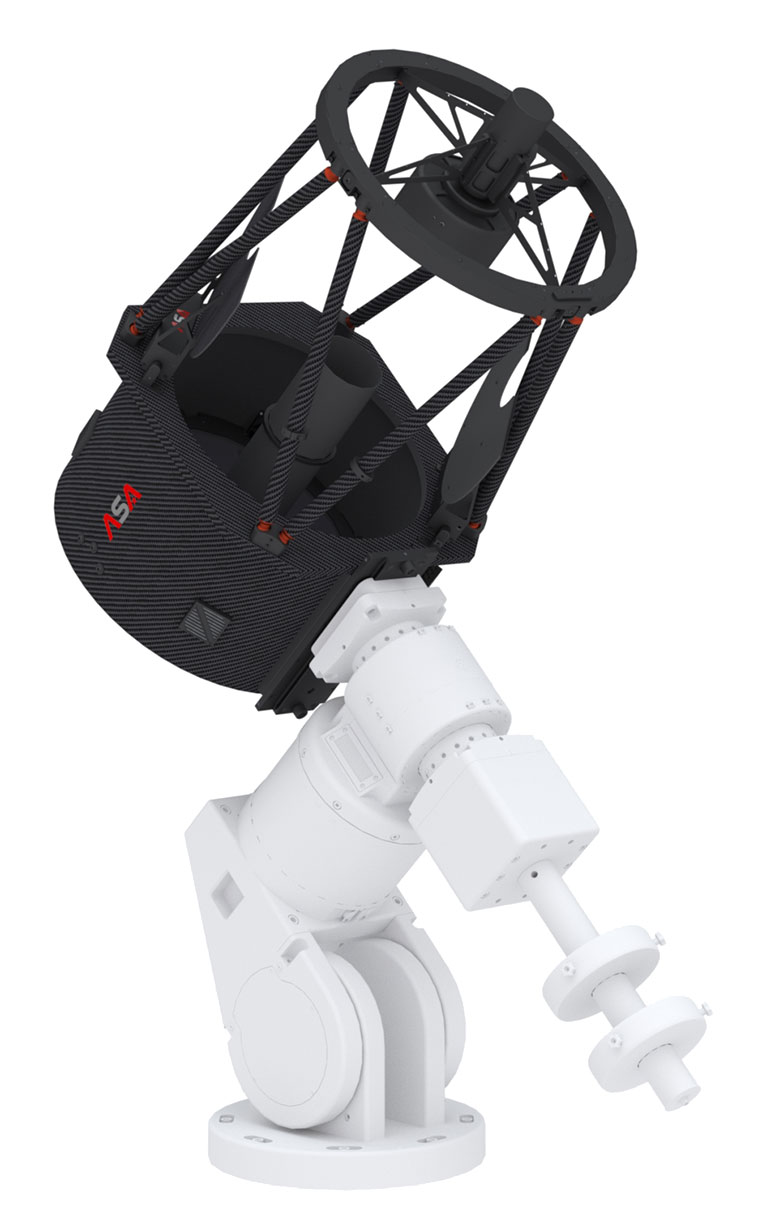
ASA600 OTA is the perfect fit for the ASA direct drive mounts with absolute encoders. As all ASA telescopes the ASA600 is equipped with quartz glass optics from ASA.
More articles in this product group
-
Uncategorised
- Deutsches Backend
- Imprint
- Product Levels MaxIm
- ZWO Cameras Downloads - Links
- Gutekunst Optiksysteme Atmospheric Dispersion Corrector Compact
- Atmospheric dispersion corrector
- Other accessories
- APM 500mm f/6 CDK / RC with GE-100 mount
- APM 700mm f/6 CDK / RC with GE-300 mount
- APM 600mm f/6 CDK / RC with GE-200 mount
- Robotic & Remote Telescopes, Customised products and Logistic
- Privacy policy
- These product(s) are currently not available.
- Learn about the unique OptAcquire interface
- test
Product enquiries
Inquiry now
Please make your enquiries about the products you require here. We will contact you as soon as possible with a customised quote.
FLI Filterwheels

The CenterLine's unique dual carousel design with central aperture has long been the filter wheel of choice to avoid telescope balance issues. Typically one position in each carousel is empty, providing 8 usable positions.
Chroma Filter
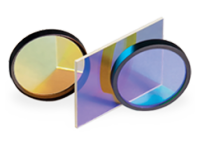
- Bandpass Filters (H-Alpha, OIII, SII, H-Beta, Jovian Methane, LoGlow Light Pollution Filter)
- LRGB Filters (and combined with H-Alpha)
- Bessel / Classic UBVRI Filters
- Sloan ugriz Filters
- Ha, OIII and SII Filter with 5nm or 3nm F/3
APM Professional Telescopes
1m F/8 Ritchey Chrétien with dual Nasmyth Foci, Cape Town (South Africa)
Another large telescope for the South African Astronomical Observatory (SAAO). An 1m F/8 Alt-Az mounted Ritchey Chrétien for robotic use. It has dual Nasmyth Foci. The main telescopes used for research are located at the SAAO observing station (32°22.795’S 20°48,657’E) near Sutherland in the Northern Cape, a 4-hour drive from Cape Town.
Creative Contact Form
 |
COMPANY HQ
![]()
APM Telescopes
Quierschieder Weg 38
66280 Sulzbach
GERMANY
Telefon: +49 (0)6897 - 924929-0
Fax: +49 (0)6897 - 924929-9
E-Mail: info@apm-telescopes.de
WWW: https://www.apm-professional-telescopes.com

